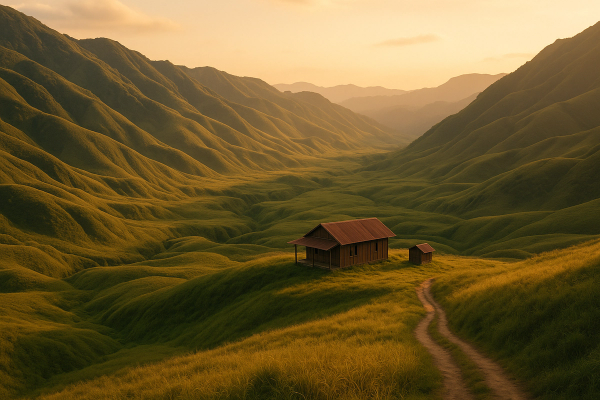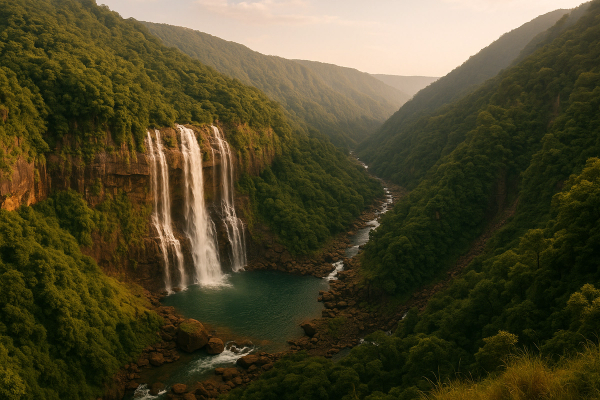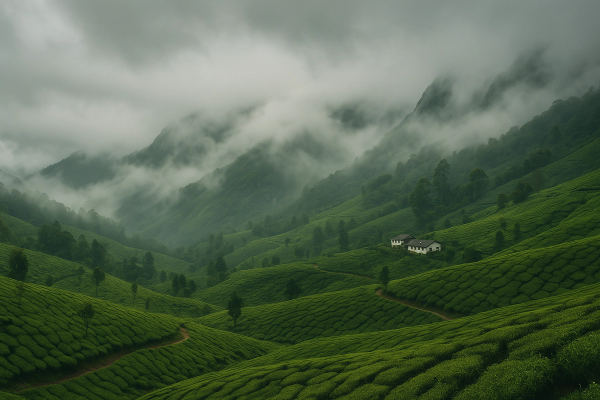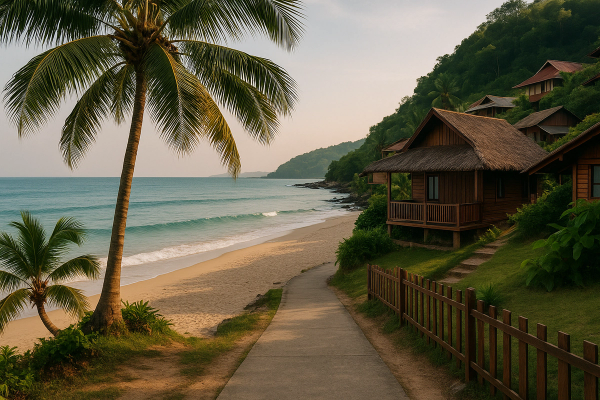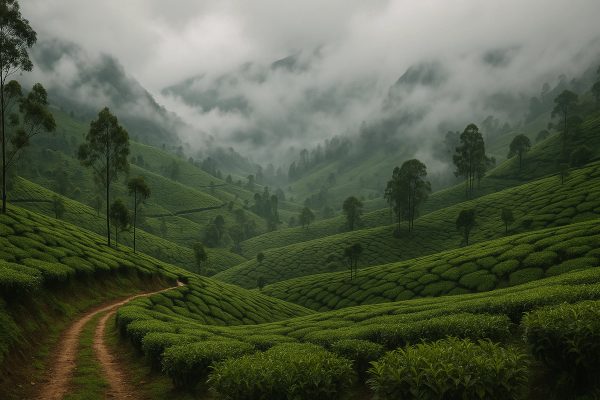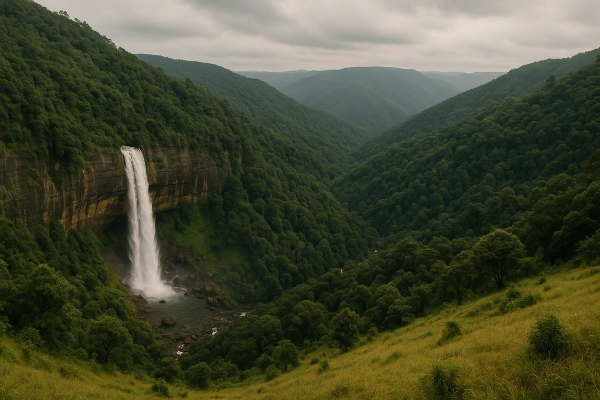Top Adventure Activities in Kashmir: Trekking, Skiing & Rafting — a desi-style guide that actually helps#
Kashmir hits different, yaar. The first time you see those peaks cutting into the sky and the chinar leaves doing their own slow dance, you kinda get why everyone calls it paradise. But honestly, beyond the postcard views, it’s a playground. Trekking that makes your lungs sing, powder snow that’ll make even a rookie feel like a pro, and rivers that don’t let you sit quiet for even one minute. If you’re planning an adventure trip that isn’t just flex for Instagram, this is the one.¶
Why Kashmir for adventure, really#
Because it crams three big thrills into one compact loop — summer treks through high alpine lakes, winter skiing and snowboarding in Gulmarg, and white-water rafting in Pahalgam or Sonamarg once the snowmelt starts. Plus the whole vibe is desi-friendly. Food that reminds you of home but with extra soul, prices that don’t break the bank if you plan smart, and locals who’ll make sure you don’t go hungry, like ever.¶
Trekking in Kashmir: lakes, meadows, and those ridiculous skies#
The big one that gets everyone talking is the Kashmir Great Lakes trek. Think sapphire lakes like Vishansar, Gadsar, Satsar, Nundkol… the names sound like poems, and the trails feel like it too. It’s usually 6–8 days, moderate to tough depending on your pace, best from July to September when the snow has chilled out and the meadows go full green. A slightly shorter but just-as-wow option is Tarsar–Marsar from Aru near Pahalgam, 4–5 days. If you’re short on time, do day hikes from Gulmarg to Alpather Lake, or hit Yusmarg and Doodhpathri for soft, rolling meadows that look fake, like someone cranked the saturation.¶
Permits are straight-forward for most summer treks, but rules shift now and then, so do check with J&K Tourism or a registered local operator before you lace up. Ballpark costs people report lately: guide charges around 1500–3000 INR per day depending on route and season, pony or porter roughly 800–1500 INR per day, tents and sleeping bags if you rent locally can add a bit more. Don’t skip acclimatisation, even if you think you’re tough. There’s real altitude on some passes and it sneaks up, you know. Also, pack out your trash. Nobody wants to see chips packets at 3,600 meters, bro.¶
Skiing and snowboarding in Gulmarg: the powder playground#
Gulmarg is the big daddy. The gondola runs up to around 3,950 m near Apharwat, and on a bluebird day the snow feels like it fell just for you. Peak season is late December to March, with Jan–Feb usually the sweet spot for powder. Rentals are easy in the market — expect a wide range in price and quality. Lessons are available, and more riders are doing avalanche skills courses now, which is honestly the most sensible trend. Off-piste is legendary but also risky, so a local guide is not a flex, it’s survival. As of early 2025, online booking for the gondola is a thing and helps you avoid long queues on weekends. Just carry a copy of your ID and go early, the morning laps hit different.¶
- Get a transceiver, shovel, probe if you’re going beyond groomed zones. Don’t do jugaad with safety
- Weather changes in five minutes flat up there. Layers. Always layers
- Heli-skiing is a thing here, but only if you’re experienced and your budget can handle it
- Gulmarg Ski Patrol exists but take personal responsibility. Never blindly follow tracks into bowls you dont understand
Rafting in Pahalgam and Sonamarg: that whoosh you can’t forget#
When the snowmelt kicks in, the rivers wake up. Pahalgam’s Lidder River has beginner-friendly to intermediate runs, and it’s super popular with families and first-timers. Sonamarg’s Sindh River, around the Mammar and Kullan stretches, can get a notch more exciting depending on flow. Season usually runs late April or May till September-ish, but monsoon spikes can change levels quickly, so go with registered outfits only. Prices are typically per person for a 30–90 minute run, with all the gear included — life jacket, helmet, guide. Don’t carry your phone unless it’s in a proper dry bag. And do listen during the safety briefing, it’s not just formality, trust me.¶
When to go for what#
Trekking shines from late June to September. Earlier months might have lingering snow on passes and nights get very cold. Skiing is best from late December to March, but Jan–Feb is the sweet buttery center. Rafting purrs from around May to September depending on snowmelt. Spring in Srinagar is underrated — the Tulip Garden opens for a few weeks around late March to April and it’s a full-on color blast. Autumn, October time, is golden chinar leaves and crisp walks. Winter is for snow, kahwa, and woolen pherans that make you feel like a burrito, in a good way.¶
Getting there and getting around#
Fly into Srinagar. From the airport, prepaid taxis are available, and you can also book cabs online if you want to be fancy. Srinagar to Gulmarg is roughly 1.5–2.5 hours depending on traffic and snowfall. Srinagar to Pahalgam is about 2–3 hours, Sonamarg similar. In winter, tires need chains on bad days, so be patient. Shared cabs and buses exist between main towns, cheaper and more local, but they run on their own time. For longer treks, operators organise transport to trailheads like Aru, Naranag, or Shitkadi. Always keep buffer hours. You dont want to miss your flight because a herd of sheep decided to vibe on the highway.¶
Stays and budgets that don’t make your wallet cry#
Srinagar has everything from homely guesthouses to fancy dal-lake-facing hotels. Houseboats on Dal or Nigeen can be super cozy in shoulder season, and mid-range ones with heating go around 2500–6000 INR per night depending on the time of year and how well you haggle. In Gulmarg, winter rates spike — budget hotels might start around 4000–6000 INR and mid to high-end can shoot much higher during peak snow weeks. Pahalgam has sweet cottages and riverside stays in the 3000–8000 INR band. Sonamarg is more seasonal, so check if properties are open in early spring or late autumn. Pro tip: ask about power backup and proper heating. That tiny blower heater ain’t saving you at 3 am.¶
Food is half the trip, honestly. Warm bowl of yakhni with rice after a cold day? Heaven. Try rogan josh, gushtaba, tabak maaz if you eat meat, and the veg scene is solid too — haakh, nadru, dum aloo, rajma-chawal that tastes like a hug. Trout is a thing in Pahalgam, grilled fresh when in season. Don’t miss bakery stuff — sheermal, tsot, kulcha. Kahwa is the default hug in a cup. Also noon chai is salty, don’t be surprised. Be polite while taking photos of people, dress modest in smaller villages, and learn to say adaab with a smile. Small things recieve big smiles.¶
Offbeat corners + current safety notes you should actually read#
Doodhpathri is a dreamy day trip, less crowded than Gulmarg most days. Yusmarg is calm and green, with gentle trails that feel like a picnic stretched into evening. Gurez Valley is mindblowing but remote, usually best in summer when the road is open. For areas close to the border or sensitive zones, carry your ID at all times and follow local instructions. Tourist movement is normal on main circuits, but plans can shift on certain days, so keep news alerts on. Connectivity is decent in towns with Jio or Airtel, but it can drop in pockets — download offline maps and carry some cash because the network plays hide-and-seek sometimes although UPI works in most markets. For snow adventures, avalanche advisories matter. No ego trips. Hire certified guides, check weather each morning, and if something feels off, it probably is.¶
A simple 6-day Kashmir adventure sketch#
- Day 1: Land in Srinagar, easy shikara ride at sunset, wazwan dinner, crash early
- Day 2: Drive to Gulmarg, rent gear, warm-up ski lesson or snowshoe if you’re new, sleep like a log
- Day 3: Gondola morning laps if conditions permit, afternoon hot kahwa and bakery crawl, drive back or stay in Gulmarg
- Day 4: Srinagar to Pahalgam, riverside stroll, book next morning rafting with a registered operator
- Day 5: Rafting on the Lidder, then head to Aru for a mellow hike or pony trail, back to Srinagar by evening
- Day 6: Day trip to Doodhpathri or Yusmarg for meadow time. Fly out next morning with sore legs and a full heart
Final wrap — go for thrill, stay for the warmth#
Kashmir is where you chase adrenaline in the morning and slow down with kahwa by evening. It’s loud rivers and soft snow. Plan smart, spend on the right things like safety and local guides, and leave the mountains a little better than you found them. If you want more desi-style travel stories and planning tips, I keep bookmarking stuff on AllBlogs.in — it’s a solid place to dig deeper before you pack your rucksack.¶




